ADDITIONAL PRAISE FOR The Girl from Purple Mountain
Tragic, funny, lyrical, and respectful, this intimate and unforgettable family chronicle is also a history of modern China.
- LIBRARY JOURNAL
A multilayered memoir that successfully weaves historical detail with familial emotions of different generations.
- KIRKUS REVIEWS
This remarkable and beautifully written memoir is indeed a love story on many levels, set against the backdrop of modern Chinas turbulent history. The mix of generations and cultures, told engagingly by two separate narrators, makes The Girl from Purple Mountain a unique and fascinating read.
- HOWARD GOLDBLATT , TRANSLATOR OF RED SORGHUM AND THE REPUBLIC OF WINE
A stunning Chinese-American family portrait An eloquent and searching story of mystery and revelation and a rich, deep, multilayered saga destined to be compared with Wild Swans and other masterpieces of familial exploration. Filled with finely wrought historical detail, the book is both a powerful personal narrative and an illuminating look at China, complete with irony and grace.
- KARIN EVANS , AUTHOR OF THE LOST DAUGHTERS OF CHINA
Together May-lee and Winberg Chai have created a testament that reads like a compelling and rich novel, full of incident, soul, and fire.
LUIS ALBERTO URREA , AUTHOR OF GHOST SICKNESS AND IN SEARCH OF SNOW
This is the fascinating story of a Chinese family, covering three generations and the entire twentieth century. With a strong woman often at the forefront as mother and grandmother, the Chai family struggled to surmount political repression, conflict, and economic misery. To read this work is to understand the drama of Chinaand its peoplein revolutionary times.
ROBERT A. SCALAPINO , ROBSON RESEARCH PROFESSOR OF GOVERNMENT EMERITUS , INSTITUTE OF EAST ASIAN STUDIES , U.C. BERKELEY
The Chais, father and daughter, are a good team as they alternate in writing episodes about the vicissitudes and triumphs of two Chinese families who come together in a marriage and create an American one. A poignant and delightful memoir.
HENRY LUCE III , FORMER PUBLISHER OF TIME MAGAZINE
This stirring memoir written by a father-daughter team is graced with masterful writing and keen observations. The authors deftly move in and out of colorful anecdotes by means of flashbacks while never stalling the forward motion of their narrative. In telling a moving story of Chinese immigrants who suffer the hardships of war and political strife, the authors also give a succinct account on modern Chinese history. The Girl from Purple Mountain should be on the must-read list of anyone interested in Chinese culture and history.
TAO - TAI HSIA , CHIEF OF THE EASTERN LAW DIVISION , LIBRARY OF CONGRESS
The writing in this book is adept and bold-spirited, savvy in its perspective on history, unflinching in its revelation. The authors compelling rendering of our human proclivity for both tenderness and cruelty distinguishes them as ardent laborers in the fields of the word. This is a work that smolders and sings.
MARILYN KRYSL , AUTHOR OF WARSCAPE WITH LOVERS , SOULSKIN , AND DIANA LUCIFERA

For Ariel Lien Chai, first of the fourth generation in America
Contents
Love is of source unknown, yet it grows ever deeper. The living may die of it, by its power the dead live again .
Tang Xianzu (1598), from the preface to Peony Pavilion (Translation by Cyril Birch)
A Note to the Reader
We have decided to tell this story in two voices, that of my father, Winberg, and myself, May-lee. Originally we thought we could write this memoir in a single voice, that of my father, as he was a participant in and witness to many of the events we describe. However, we discovered that his voice alone was insufficient. My father experienced the wars in Chinathe Sino-Japanese War (1937-1945) and the Civil War (1945-1949)in his childhood, which was highly traumatic and resulted in the repression of these memories for most of his adult life. As we began work on the memoir, I came to discover that the story of my family, and my grandmother, was not only what actually happened to them in China, but also how these events were later both remembered and repressed in America. No one else wanted to recall the wars or the family fights that accompanied them, yet my grandmother refused to let anyone forget. As a child, I found this tension between remembering the past and ignoring it extremely frustrating. Why couldnt my family just tell me what had happened? But now, as an adult, I realize that there is no single version of the past in a family history.
For example, after the 1937 invasion of Nanjing by the Japanese Army, the family was forced to flee to Hunan province where they lived in a village in the countryside. These years were terrifying to my grandmother because of the precarious nature of their lives, never knowing when the Japanese would arrive. However, to my father, living in the countryside from the ages of four to nine was terribly fun and exciting. He found country living to be filled with more adventures for a boy than his structured life in the city had ever allowed. He could run barefoot all year round. He remembered seeing the traveling folk performances that visited the village. If we were to tell the story of our family, I realized, we had to encompass both perspectives, as these differences accounted for the confusion in the way these stories were passed down to me, and to my brother and cousins.
Ultimately, we decided that I would have to tell part of the story as well. My frustration at not understanding was, in part, the impetus for writing this memoir. In college I started studying Chinese so that I could translate family documents, as if they might tell me what had happened during the war years. However, I discovered that the answers I sought were more complicated and the documents only raised more questions. I have spent more than ten years researching this memoirtraveling to China frequently, living in Nanjing for nearly two years, and also convincing my father to return to some of the cities and sites of his familys wartime experiences. By describing my efforts to understand the past and my father, I am trying to show how these stories pass imperfectly from one generation to the next yet how important it is to make the attempt to understand them.
We have benefited from the research of numerous scholars and the assistance of many individuals in writing this memoir. Their names follow at the end of the book.
Finally, we want to explain the romanization system that we have used. The Chinese names in this book reflect several spelling systems, including the Wade-Giles system, which was popular before 1949 (including Yangtze River, Chiang Kai-shek); the pinyin system, currently in use in mainland China (such as Nanjing, Zhou Enlai); and Americanized spellings that no longer use diacritical marks (such as Tsao instead of Tsao and Chu instead of Chu). Names of historical figures are spelled as they are best known in America. Some names of nonhistorical figures have been altered for privacy reasons.
May-lee Chai
 Winberg
Winberg 
My mother was buried alone, surrounded by strangers, the way she wished, in a New York mausoleum auspiciously bearing the name of her college dorm. Ferncliff. She had changed her burial plans secretly, with the help of my youngest brother. A decade earlier, my parents had bought side-by-side plots. My father had thought the matter was all settled.

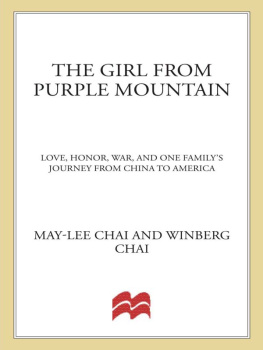
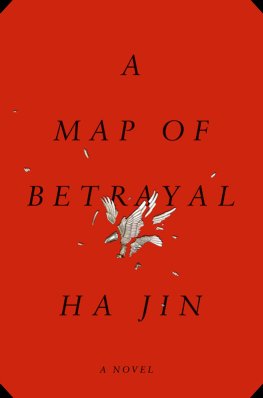

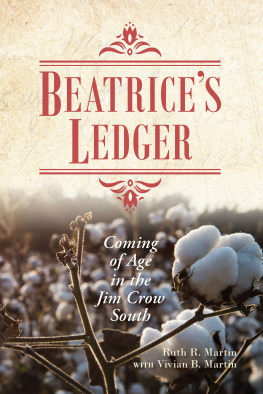
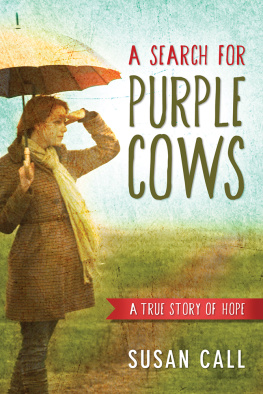
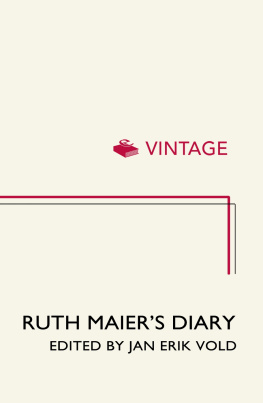
![Chai Ling - A heart for freedom: [the remarkable journey of a young dissident, her daring escape, and her quest to free Chinas daughters]](/uploads/posts/book/136516/thumbs/chai-ling-a-heart-for-freedom-the-remarkable.jpg)
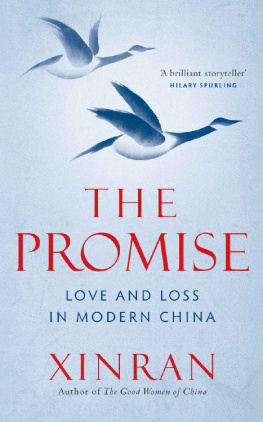
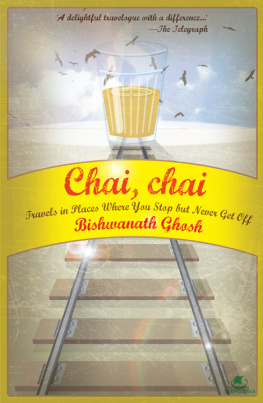
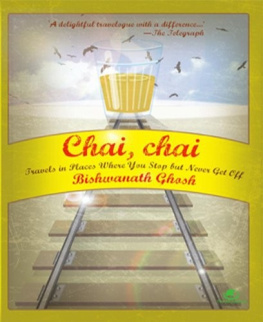
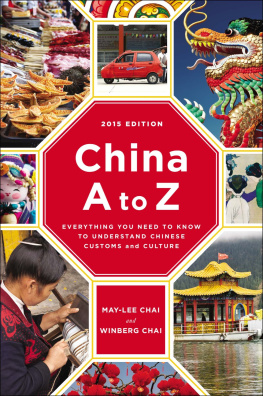



 Winberg
Winberg